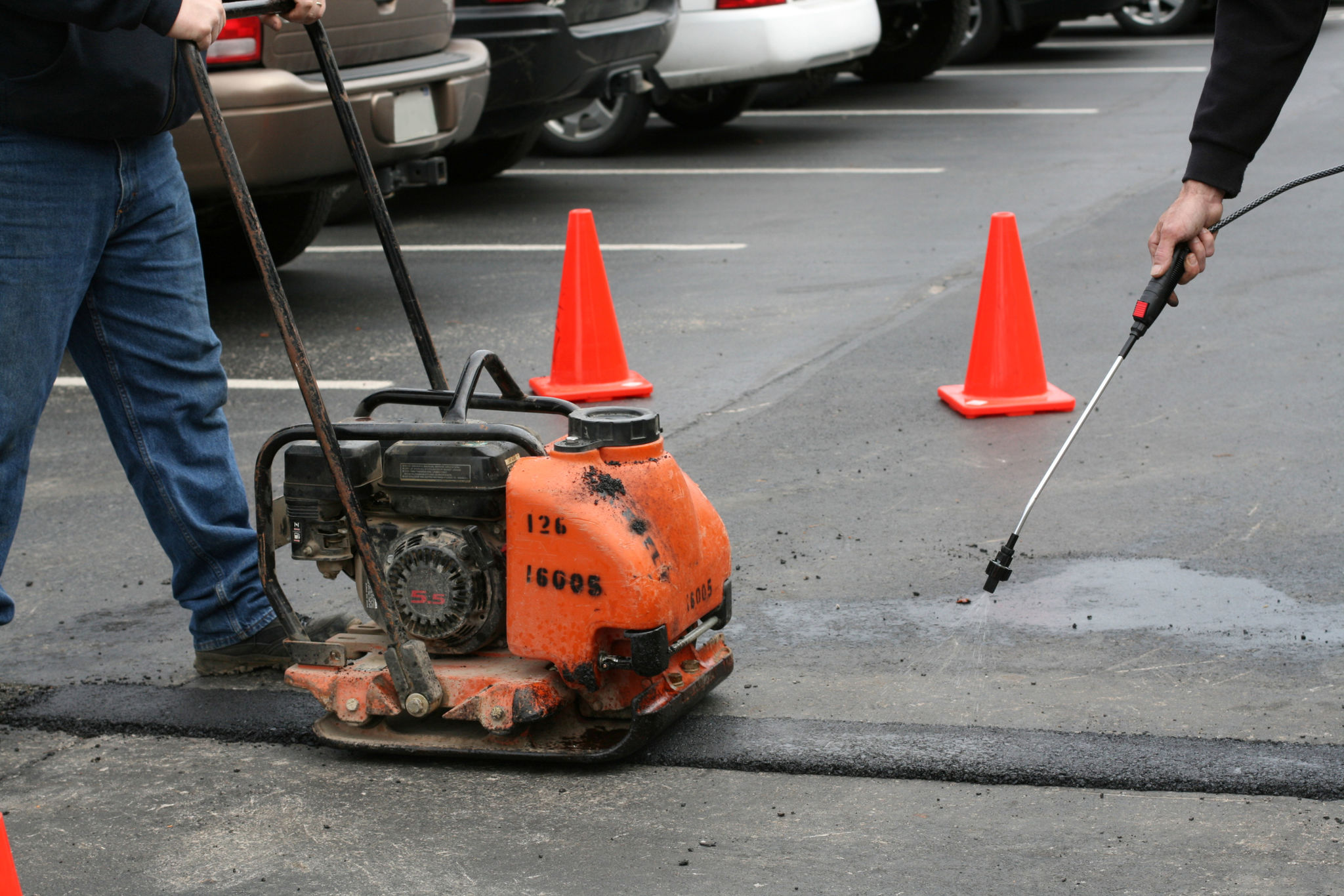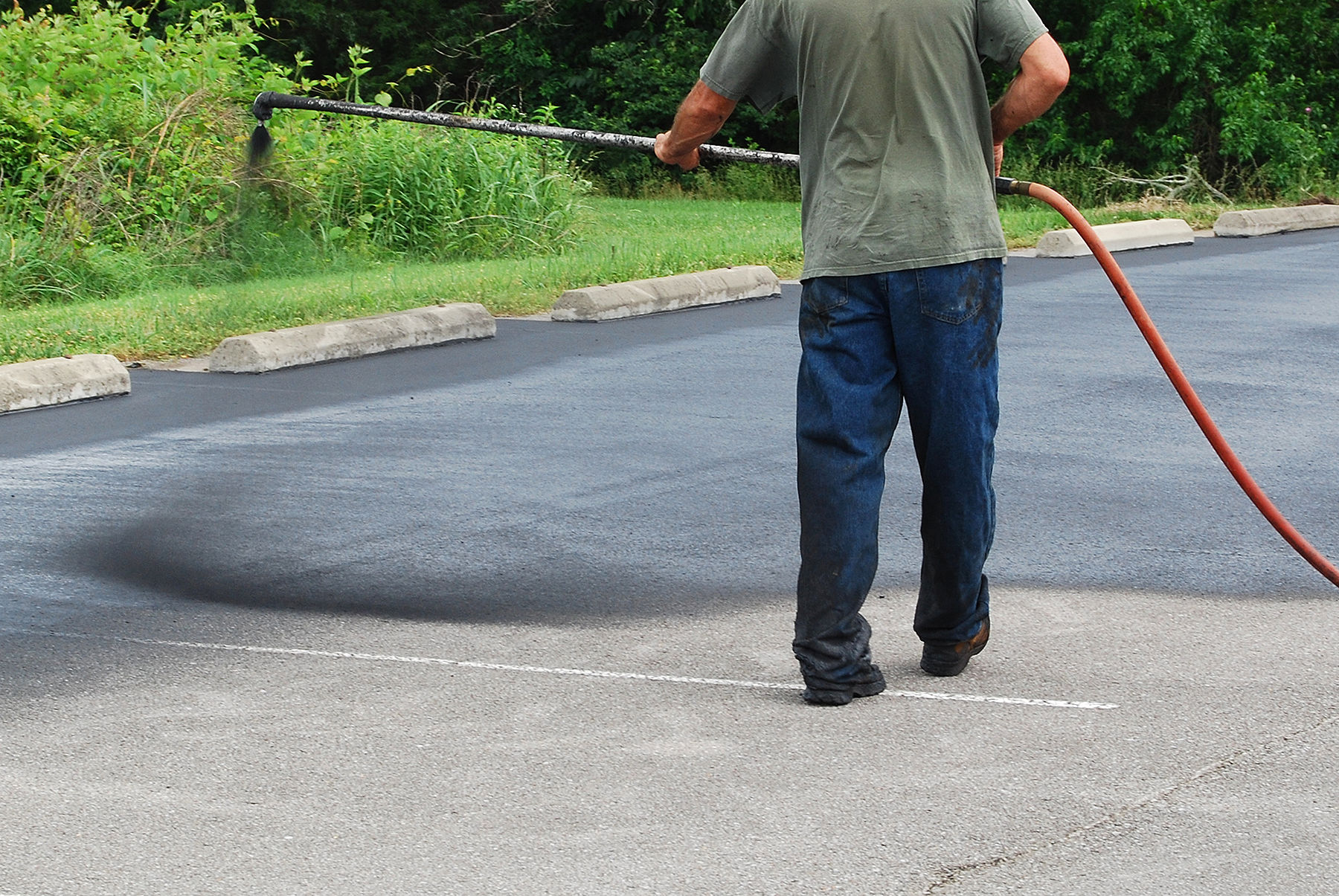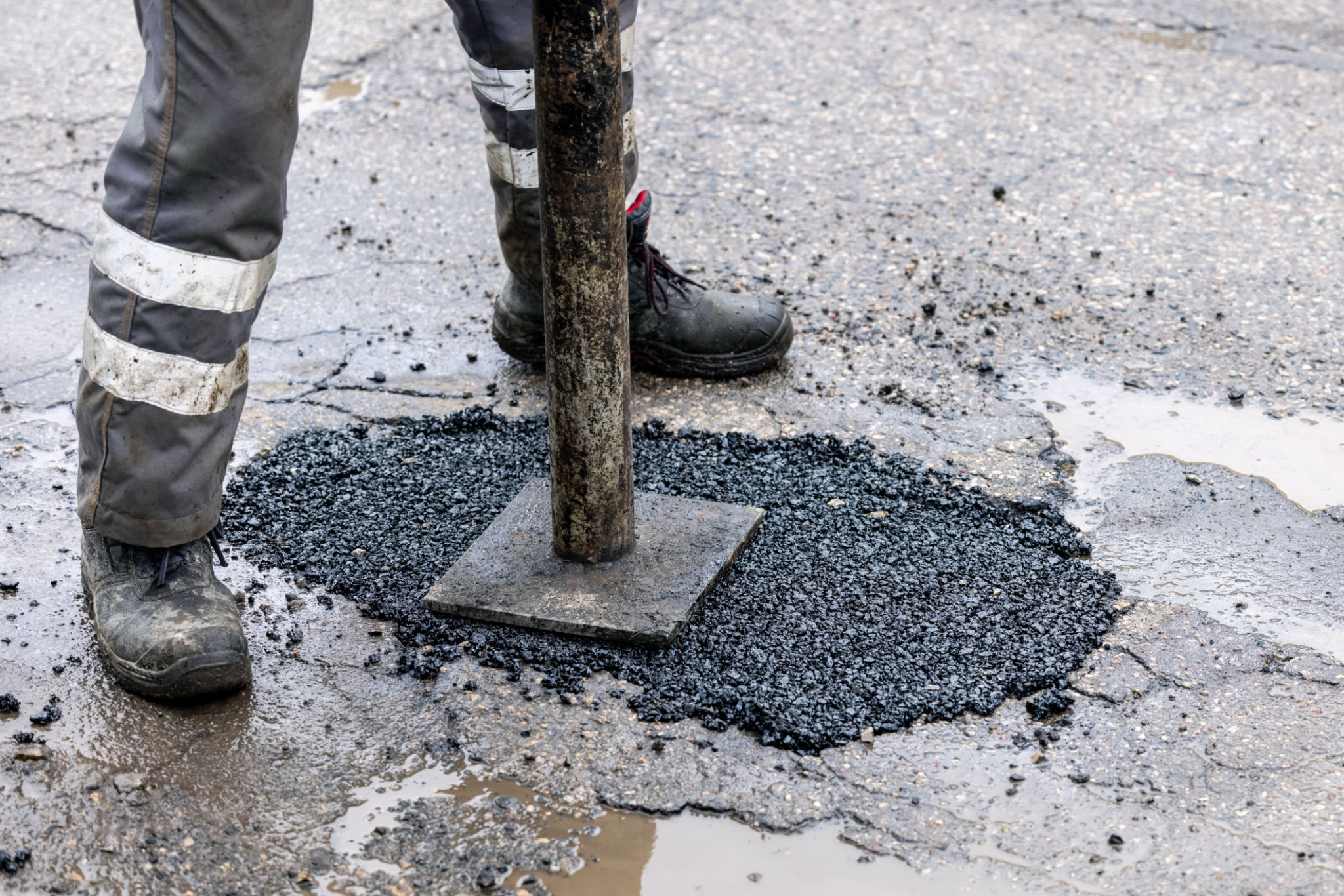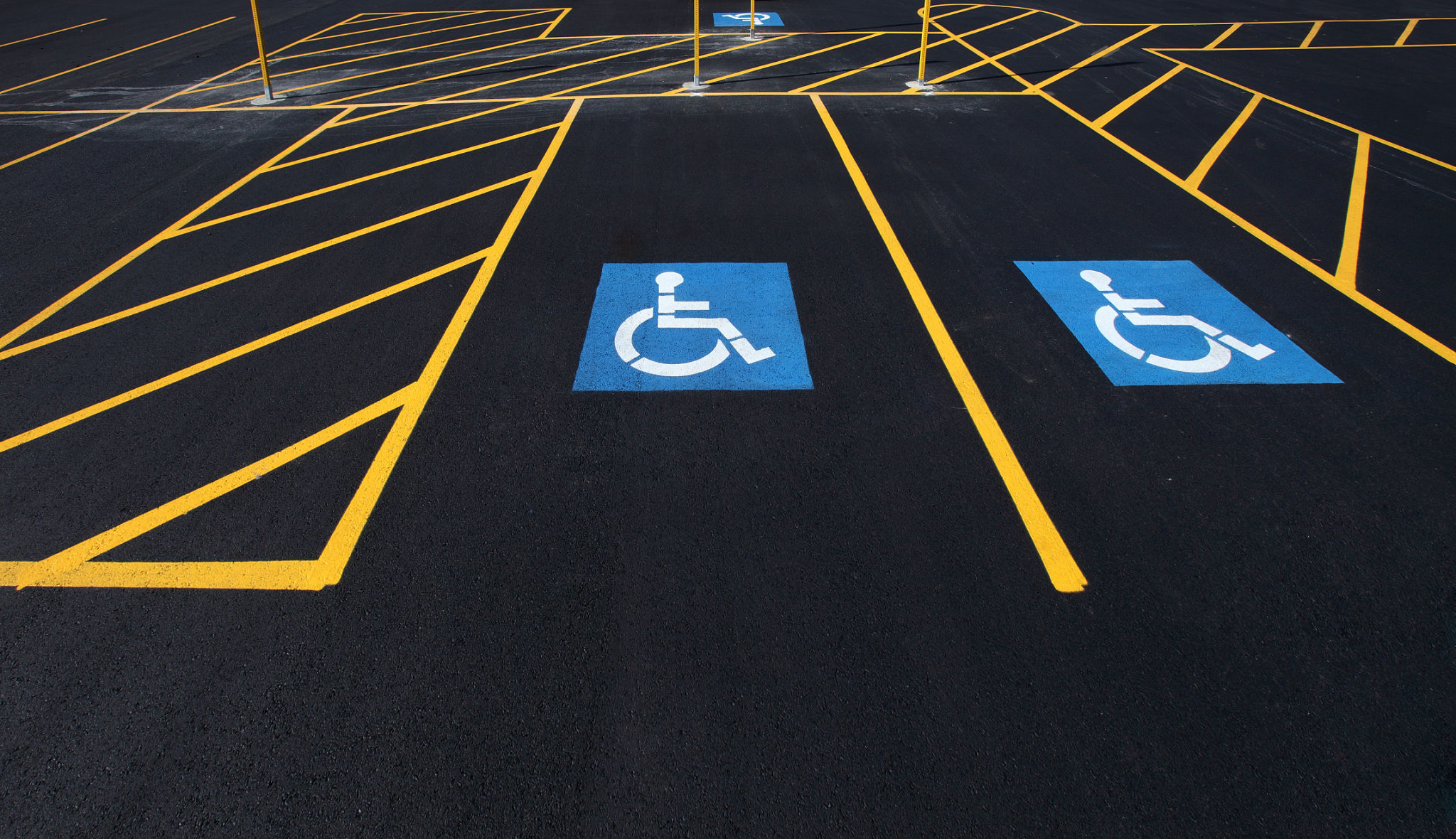DIY Parking Lot Maintenance: Tips and Tricks from the Pros
Understanding the Basics of Parking Lot Maintenance
Maintaining a parking lot might seem like a daunting task, but with a little know-how, you can keep your lot looking pristine and safe. Whether you're a business owner or a property manager, understanding the basics of parking lot maintenance can save you time and money in the long run. Regular upkeep not only enhances curb appeal but also extends the life of your pavement.

Regular Cleaning and Debris Removal
The first step in DIY parking lot maintenance is regular cleaning. Dirt, leaves, and debris can accumulate quickly, causing drainage issues and potential damage to the pavement. It's essential to sweep the lot regularly, especially during fall when leaves are abundant. Consider investing in a leaf blower or a vacuum sweeper for efficiency. This simple task can prevent more significant problems down the road.
In addition to sweeping, ensure that any spilled substances like oil or grease are cleaned up immediately. These substances can break down the asphalt and cause expensive damage if left unattended.
Sealcoating for Longevity
Sealcoating is a critical component of parking lot maintenance. This protective layer shields the asphalt from UV rays, water, and chemicals, significantly extending its lifespan. Although this process requires some equipment and expertise, it's possible to do it yourself with careful preparation. Make sure to clean and repair any cracks before applying the sealcoat for the best results.

It's generally recommended to sealcoat every two to three years, depending on your climate and the amount of traffic your lot experiences. This small investment can save you from costly repairs in the future.
Repairing Cracks and Potholes
Cracks and potholes are not just unsightly; they can also pose safety hazards. Address these issues promptly to prevent them from worsening. For cracks, use a crack filler that matches your asphalt type. For potholes, you can use cold patch asphalt. Clean the area thoroughly before applying the patch to ensure it adheres properly.

Regular inspections will help you catch these issues early, allowing for timely repairs and a safer parking environment.
Ensuring Proper Drainage
Proper drainage is essential to prevent water from pooling on your parking lot. Standing water can seep into the pavement, causing cracks and potholes over time. Ensure that your drainage systems are clear of debris and functioning correctly. If you notice water pooling in certain areas, it may be necessary to regrade or install additional drainage solutions.
Regularly check gutters, drains, and other water outlets to ensure they are not blocked. A well-drained parking lot is less likely to suffer from water-related damage.
Marking and Signage
A well-marked parking lot is not only more aesthetically pleasing but also safer for drivers and pedestrians. Faded lines can lead to confusion and accidents. Use high-quality paint or thermoplastic markings for durability. Ensure that all signage is visible and in good condition.

In addition to marking spaces, consider adding directional arrows and pedestrian crossings to improve traffic flow and safety.
Conclusion
Maintaining your parking lot doesn't have to be a daunting task. With regular upkeep and attention to detail, you can ensure that your lot remains safe, attractive, and functional. By following these DIY tips and tricks from the pros, you'll extend the life of your pavement and protect your investment for years to come.
